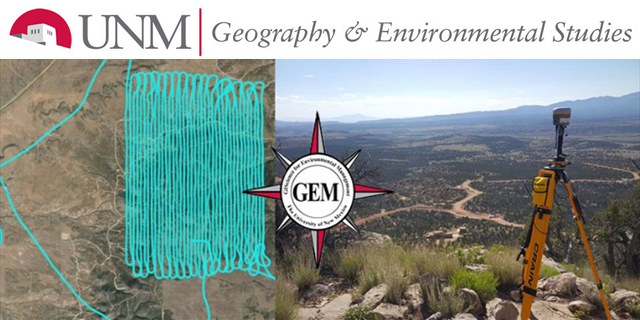
Geography ETDs
Publication Date
6-25-2010
Abstract
As states and regions have begun prioritizing renewable energy at the legislative level, solar energy has started to play a noticeably larger role in the energy portfolio of certain regions in the United States. Decision making concerning the siting of new solar facilities can be complicated, and GIS-based suitability modeling is often employed to determine ideal candidate sites. These suitability models seek to evaluate a comprehensive set of relevant criteria (such as insolation values, topography, access, land designation status, etc.), often at different weights, to produce a classified map of all potential sites that will facilitate decisions of site location. This research examines the nature and reliability of this type of suitability modeling by analyzing the extent to which those regions identified as most suitable' in a GIS model actually match up with the locations of existing and planned solar facilities. A suitability model was developed in ArcGIS based on examples from similar research, and compared against the actual locations of photovoltaic and concentrating solar facilities in the southwestern part of the United States. The topic of land ownership is also investigated to determine its relationship to the spatial distribution of solar facilities. The analysis indicated that although the locations of solar facilities fell mainly within those areas identified as highly suitable, this match was more noticeable for concentrating solar facilities than it was for photovoltaic facilities, indicating a need to develop separate models for these two types of facilities. Furthermore, while a high suitability classification seemed to be a prerequisite for solar facilities, the amount of highly suitable terrain in a state did not necessarily predict how many facilities would be present. Federally owned lands were also discovered to be preferable in regard to site locations. All of these results indicate the relevance of other non-spatial criteria as an explanation for the distribution of solar facilities, and the need to take into consideration the impact of such measures as state and local incentives and regulation, energy development efforts in other sectors, and other variables that have heretofore been absent in suitability models.'
Degree Name
Geography
Department Name
Geography
Level of Degree
Masters
First Committee Member (Chair)
Duvall, Chris
Second Committee Member
Benson, Melinda Harm
Document Type
Thesis
Language
English
Keywords
Solar power plants--Geographic information systems--Southwest, New, Solar power plants--Location--Southwest, New--Data processing, Geospatial data
Recommended Citation
Ignizio, Drew. "Suitability modeling and the location of utility-scale solar power plants in the southwestern United States." (2010). https://digitalrepository.unm.edu/geog_etds/6
